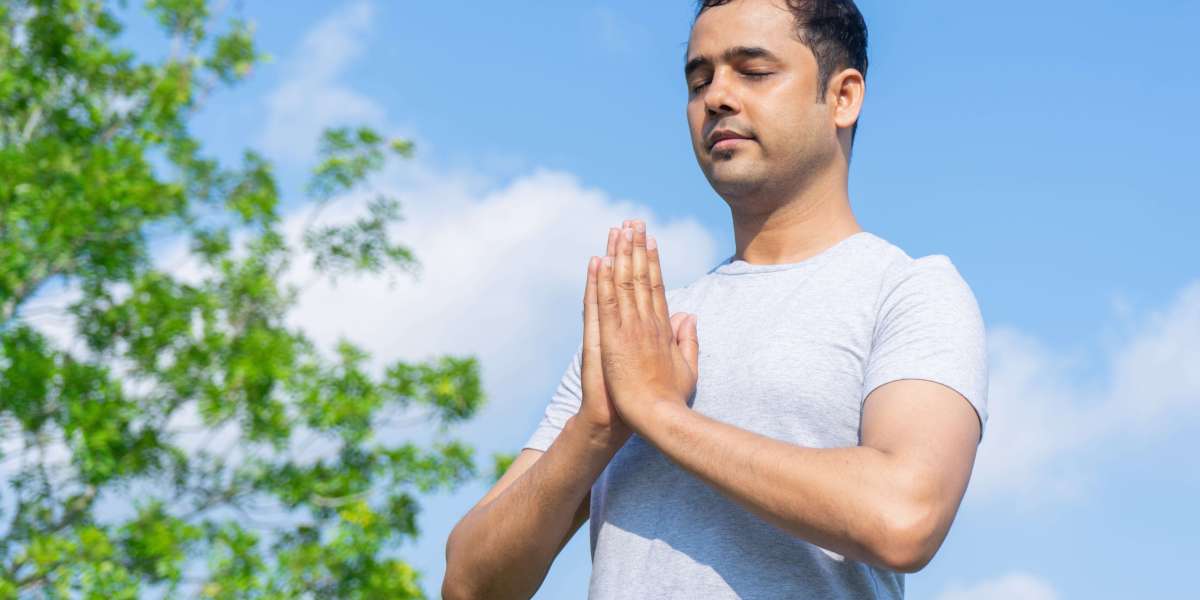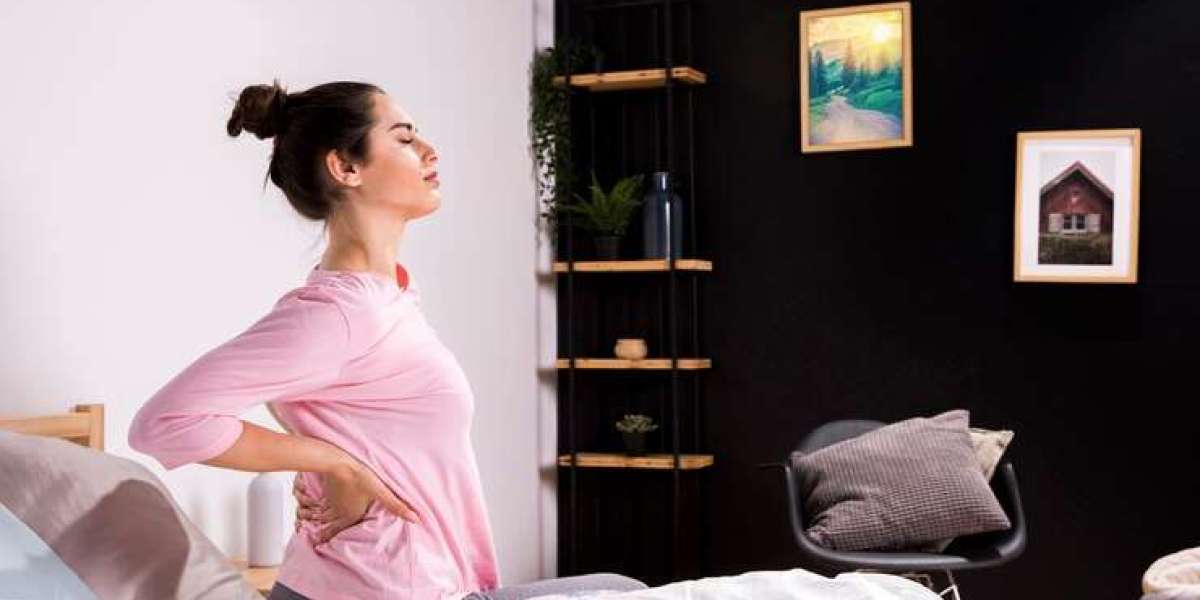As you know, Homoeopathic is the traditional or ancient mode of medicine..Homeopathy is used to treat a wide variety of ailments, including colds, upset stomachs, pain, and menopausal hot flashes. However, there is limited evidence proving the effectiveness of homoeopathic treatments.
Homeopathy, an alternative medicinal practice founded on the principle of "like cures like," embodies a holistic approach to health. Rather than merely addressing symptoms, homoeopathic aims to stimulate the body's natural healing processes, restoring balance and vitality. This gentle yet effective form of treatment considers the individual as a whole, taking into account physical, mental, and emotional aspects.
How does homoeopathy approach the treatment of migraines?
Migraines, characterised by intense throbbing pain, sensitivity to light and sound, and often accompanied by nausea, can significantly impact one's quality of life. While conventional medicine offers various treatments for migraines, some individuals seek alternative therapies like homoeopathy for relief. Homoeopathy operates on the principle of 'like cures like' and personalised treatment tailored to an individual's symptoms.
Here's a closer look at how homoeopathy approaches the treatment of migraines.
Individualised Treatment: Homoeopathy views each person as unique and aims to treat the individual, not just the condition. A homoeopath will assess various aspects of the migraine, including the type, frequency, triggers, and accompanying symptoms, to prescribe a personalised remedy.
Remedies for Migraines: Several homoeopathic remedies are commonly used for migraines, such as Belladonna for migraines accompanied by intense throbbing pain, sensitivity to light and noise; Iris versicolor for migraines associated with blurred vision or gastrointestinal upset; and Natrum muriaticum for migraines triggered by stress or emotional factors.
Holistic Approach: Homoeopathy considers the physical, emotional, and mental aspects of a person. Stress, anxiety, or emotional disturbances are often considered potential triggers for migraines. Remedies might be selected based on both physical symptoms and emotional state.
Minimal Side Effects: Homoeopathic remedies are highly diluted substances derived from natural sources. They are generally well-tolerated and have minimal to no side effects, making them a potential choice for individuals seeking alternatives to conventional medications.
Complementary Approach: Some individuals use homoeopathy alongside conventional treatments for migraines. It's crucial to consult healthcare providers before combining different treatment methods.
Long-Term Relief: Homoeopathy often aims for long-term relief rather than just immediate suppression of symptoms. While it might take time for noticeable changes, many individuals report improvements in the frequency and intensity of migraines with consistent homoeopathic treatment.
Consultation with a Professional Homoeopath: To receive the most effective homoeopathic treatment for migraines, it's essential to consult a professional homoeopath. They will conduct a detailed evaluation and create a tailored treatment plan.
It's important to note that while some individuals experience positive outcomes with homoeopathic treatments for migraines, results can vary from person to person. As with any medical approach, what works for one person may not work for another.








